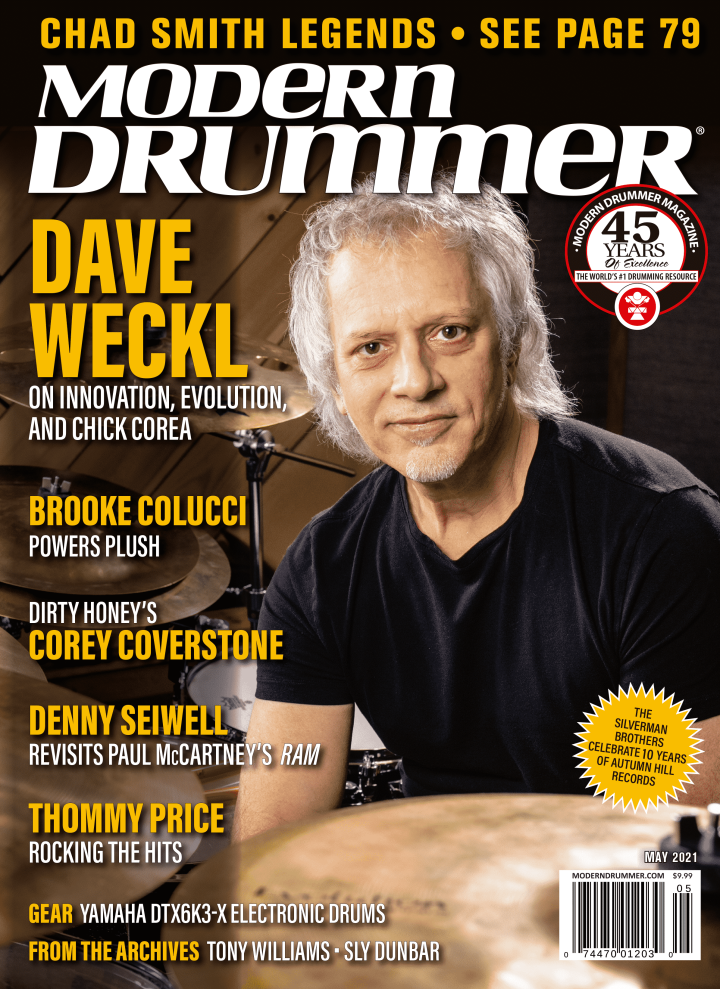Art Blakey
Arthur Blakey was an American jazz drummer and bandleader. He was briefly known as Abdullah Ibn Buhaina after he converted to Islam for a short time in the late 1940s. Blakey made a name for himself in the 1940s in the big bands of Fletcher Henderson and Billy Eckstine.
– Wikipedia






